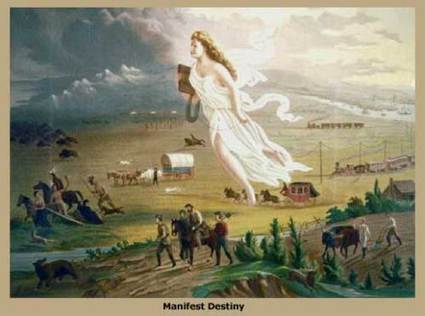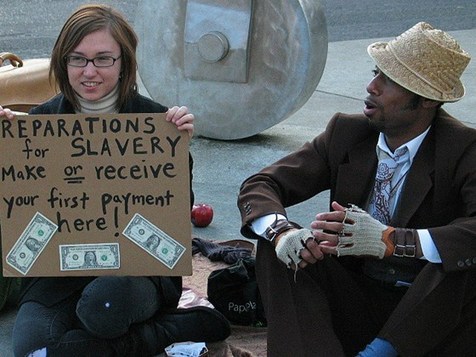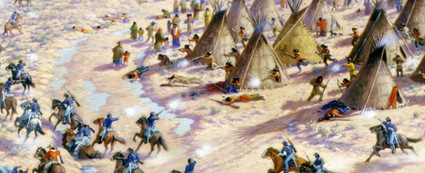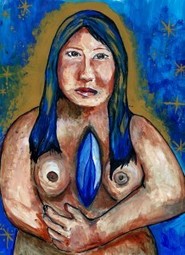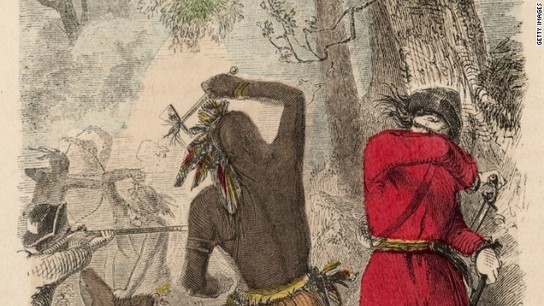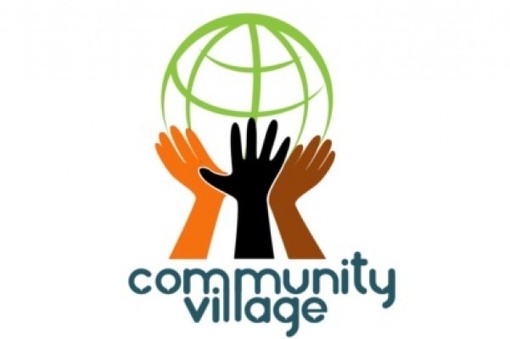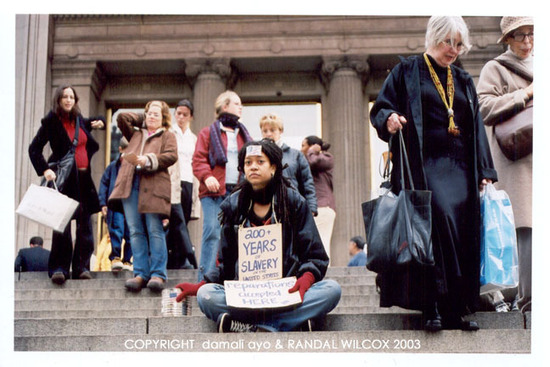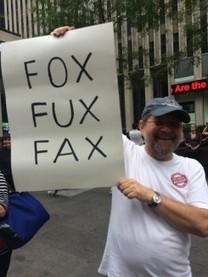Settler colonialism is the process where a country or people creates an offshoot of itself in a new land. Countries like the United States, Australia, Liberia and Israel were created by settler colonialism. Countries like Haiti, Nigeria and Iraq, on the other hand, were created by extractive colonialism.
Settler colonialism, says Andrea Smith, is one of the three pillars of White supremacy in the US, the other two being anti-Black racism and Orientalism.
In extractive colonialism there are two main parts:
- metropole – the country that rules an empire;
- periphery – the countries it has power over.
Metropolitans extract wealth from the native peoples and lands of the periphery. Wealth flows from the periphery to the metropole. Metropolitans may work for a time in the periphery – as soldiers, slave traders, priests or plantation owners, for example – but consider the metropole their homeland.
In settler colonialism a third element is added: settlers. They move from the metropole to the periphery to create a new homeland. The Pilgrims are a good example. In the long run they cause trouble for both natives and the metropole as they gain land, wealth and sovereignty.
Settlers and natives: Settlers are not mainly interested in ruling over natives or joining their society or even in making them slaves. They want their land and therefore want them to disappear by any means necessary, even genocide. To replace natives they bring in:
Cheap labour: Convicts, slaves, refugees, immigrants, contract labourers, etc. These people serve settler society, becoming part of it in time, sometimes a racialized part. Unlike settlers, they do not create homelands of their own. Sometimes they are forced out.
– Click through to read more –
Source: abagond.wordpress.com


